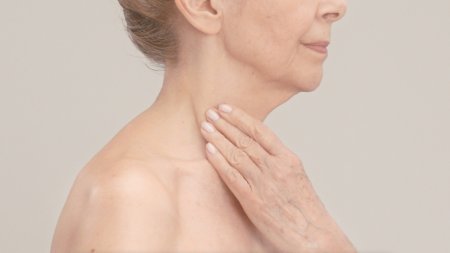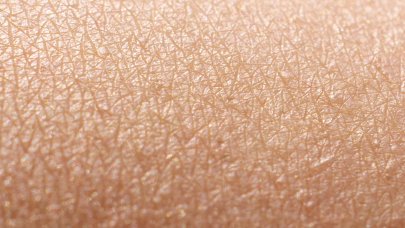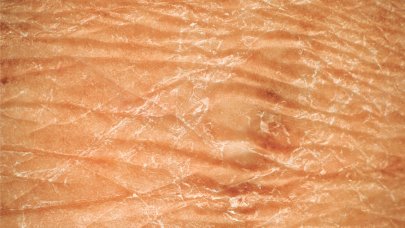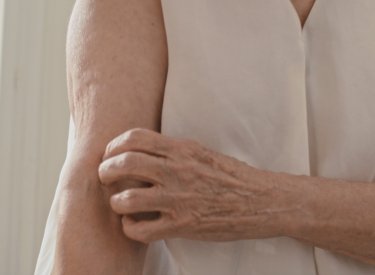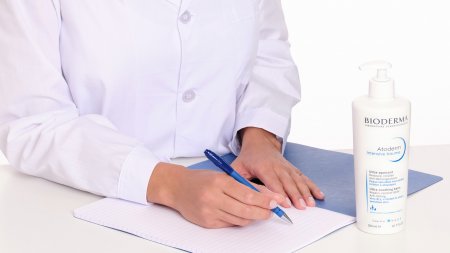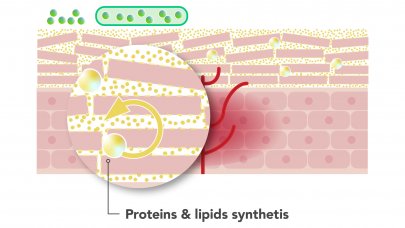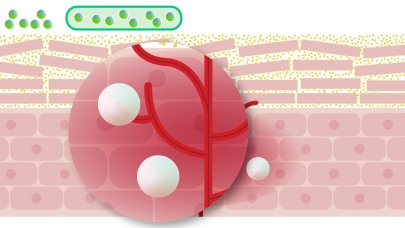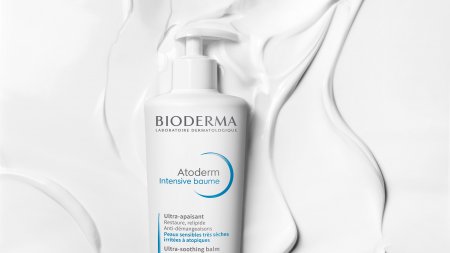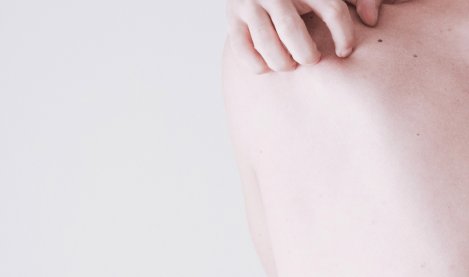A recent study conducted by Laboratoire Bioderma showed that Atoderm Intensive baume have positive actions on senile xerosis.
Immediate effect :
-94% of users7 felt that the skin was nourished immediately
-83% of users8 felt that itching was relieved
Long lasting effect :
-88% of users7 felt that the skin was soft and supple.
True to the NAOS ecobiological approach, Atoderm Intensive baume acts both on causes and consequences of senile xerosis. It intensely nourishes the skin to strengthen the skin barrier. The skin regains an effective barrier function and becomes supple, soft and comfortable. Thus, Atoderm Intensive baume plays an essential role in the improvement of elderly quality of life.
Learn more about the application of our emollient
7 Clinical study, 32 subjects, for 28 days
8 Clinical study, 18 subjects, for 28 days

